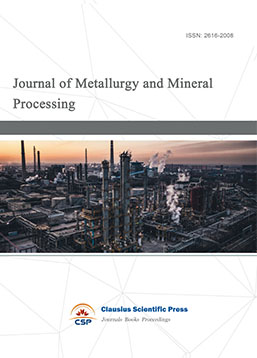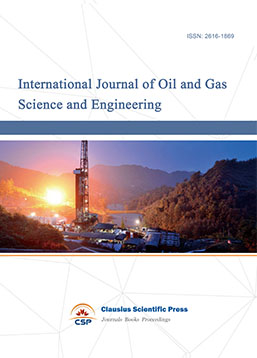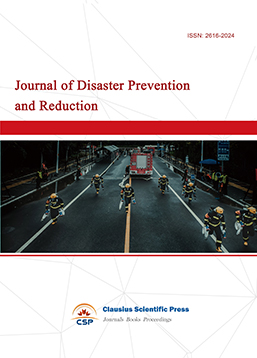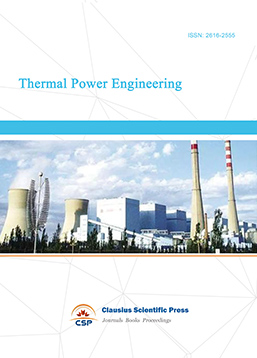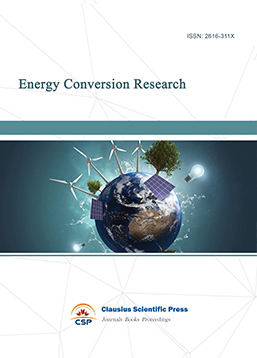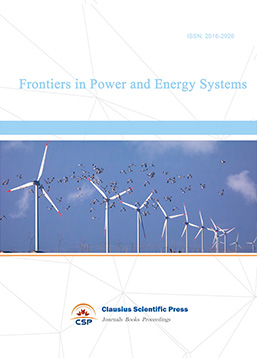Research on the Water Use for Hydropower Generation Base on Upply and Demand Model
DOI: 10.23977/ssge.2022.040103 | Downloads: 12 | Views: 1729
Author(s)
Mingwei Feng 1, Jiashuo Chen 2
Affiliation(s)
1 College of Information and Electrical Engineering, Heilongjiang Bayi Agricultural Reclamation University, Daqing, Heilongjiang, 163711, China
2 College of Science, Heilongjiang Bayi Agricultural Reclamation University, Daqing, Heilongjiang, 163711, China
Corresponding Author
Mingwei FengABSTRACT
A supply and demand model is established to cope with different situations. Under the condition that the water level is known, the fair water use coefficient, subinterval weights and target weight model are improved, and the parameters are reconciled so as to determine the parameters of the supply and demand model, and the time-effective functions of flow rate and water level are established to determine the functional relationship of demand water use at different moments; on the basis of the supply and demand model, the water use for hydropower generation is taken as the object and combined with the basis of the supply and demand model, we analyze how long it takes to meet the demand without increasing the additional flow rate and satisfying the demand for hydroelectric power generation by using the hydropower plant power coupling model as the target and considering the influence of rainfall on the water quantity, establish the rainfall model, integrate the supply and demand model, and determine the additional water quantity required.
KEYWORDS
Water and Hydroelectricity; Subinterval Weights; Supply and Demand ModelCITE THIS PAPER
Mingwei Feng, Jiashuo Chen, Research on the Water Use for Hydropower Generation Base on Upply and Demand Model. Smart Systems and Green Energy (2022) Vol. 4: 11-15. DOI: http://dx.doi.org/10.23977/ssge.2022.040103.
REFERENCES
[1] Zhao Xiaoqiang, He Zhi'e. Optimal scheduling of water resources based on improved chaotic genetic algorithm [J]. Journal of Lanzhou University of Technology, 2015, 41(04): 65-70. DOI: 10.13295/j.cnki.jlut.2015.04.014.
| Downloads: | 1333 |
|---|---|
| Visits: | 86908 |
Sponsors, Associates, and Links

 Download as PDF
Download as PDF